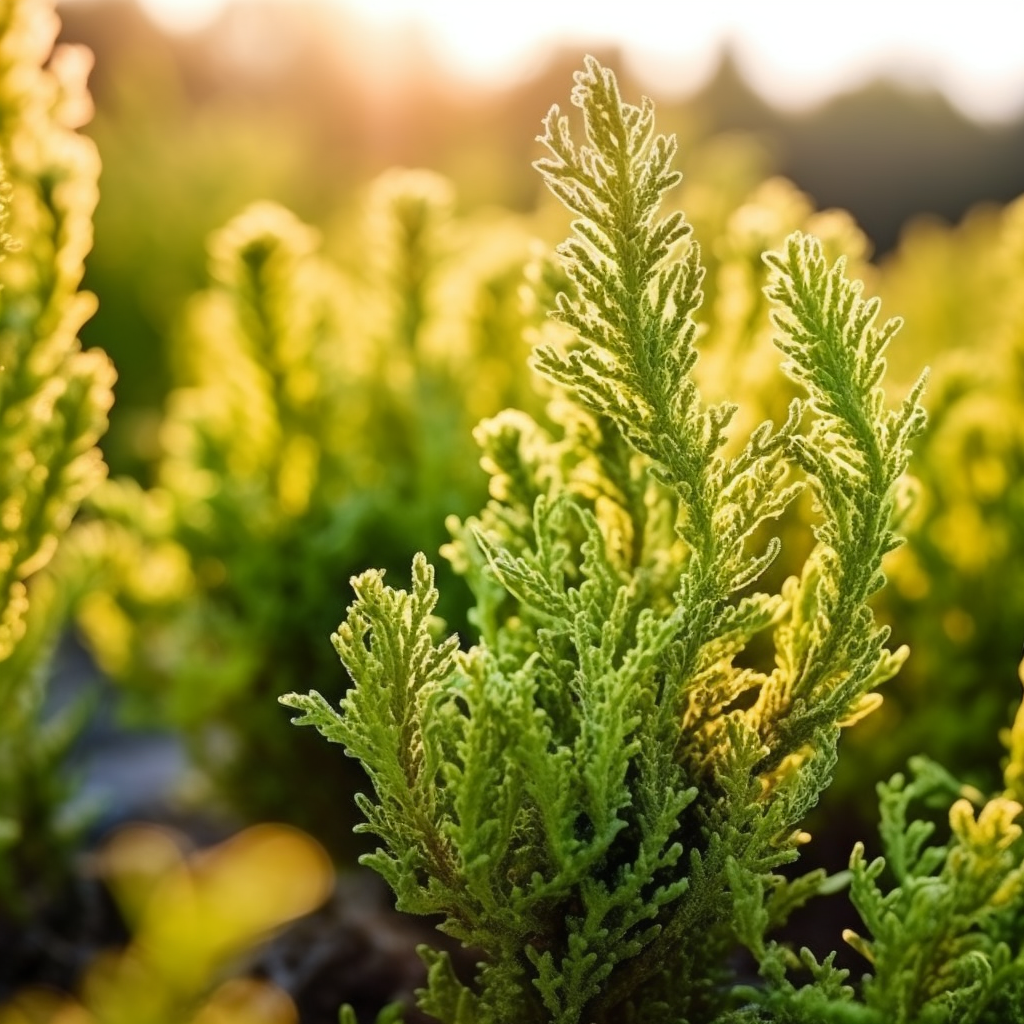Story of Day :
Contents
The Wormwood Plant: A Complete Guide and Care Tips
Gardening enthusiasts are always on the lookout for plants that add value to their gardens. The wormwood plant is an excellent addition to any garden, thanks to its unique fragrant leaves and therapeutic properties. In this article, we will take a closer look at wormwood plant care tips and everything you need to know about growing them in your garden.
What Is Wormwood Plant?
Wormwood (Artemisia absinthium) is a herbaceous perennial plant that belongs to the Asteraceae family. It is native to Europe, but it has now spread across Asia and North America as well. The wormwood plant has been used for thousands of years as a medicinal herb.
Where To Grow Wormwood?

The wormwood plant prefers dry soil conditions with good drainage. It thrives best in full sun or partial shade. If you live in an area with high humidity levels, growing the wormwood may not be ideal since it does not do well in damp soils or moist climates.
- Select a spot that gets six hours of direct sunlight per day
- Avoid planting near other plants because it spreads quickly
- Plant in well-draining soil with pH between 6.5-7
- Add compost or organic matter before planting if your soil is sandy or has poor drainage
How To Plant WormWood?
You can grow the wormwood from seeds or cuttings taken from mature plants.
- If sowing seeds directly into your garden bed, wait until after all danger of frost has passed before planting them about 12 inches apart at a depth of 1/16 inch.
- If starting your plants indoors, place the seeds in small pots filled with potting soil. Water them lightly and keep them in a warm, sunny area until they sprout. Then transplant the seedlings to your outdoor garden space.
- You can also propagate wormwood through stem cuttings taken from mature plants during their growing season (spring or summer). These cuttings should be about 3-4 inches long and should be planted in well-draining soil with good drainage. Keep the soil moist but not wet until roots develop (2-3 weeks), then transplant them into larger pots or directly into your garden bed.
How To Care For WormWood?
Wormwood is a low-maintenance plant that requires minimal care once it’s established. Here are some tips for keeping your wormwood healthy:
- Water sparingly: Do not overwater wormwood because it prefers dry soils. Once established, avoid watering unless there is an extended drought period or if the leaves start to wilt significantly due to lack of water.
- Fertilize occasionally: You don’t need to fertilize wormwood often since it grows best when left alone, but you can add compost annually if necessary during its growing season (spring).
- Mulch around plant base: Add mulch around the base of plants annually by spreading about 1-2 inches thick layer using any organic material such as straw or leaves to help retain moisture and control weeds
.
Benefits Of WormWood Plant?
The benefits of wormwood plant are not just limited to ornamental purposes; it has several therapeutic properties as well:
- The essential oil extracted from wormwood leaves is used in making absinthe, a liquor popular in France.
- Wormwood has antifungal and antibacterial properties and helps fight off fungal infections such as athlete’s foot and candida.
- The plant has been traditionally used to treat digestive disorders like indigestion, heartburn, and loss of appetite.
- Wormwood tea is known for its ability to relieve menstrual cramps in women
.
Pests And Diseases Of WormWood?
The wormwood plant does not face any serious pest or diseases issues. Here are some common problems you may encounter:
- Aphids: These small insects can damage the plant by sucking sap from its leaves, leading to stunted growth. They can be controlled using insecticidal soap or neem oil.
.
- Powdery mildew: A fungal disease that causes a white powdery film on the leaves of plants that develop in humid conditions. The best way to prevent it is by planting your wormwood plants in well-ventilated areas with good airflow around them.
.i
In Conclusion
The wormwood plant is an excellent addition to any garden because of its unique fragrant leaves and therapeutic properties. It requires minimal care once established but prefers dry soil conditions with good drainage. We hope this guide on how to grow, care for, and benefits of the wormwood plant will help you add it successfully into your garden space!
